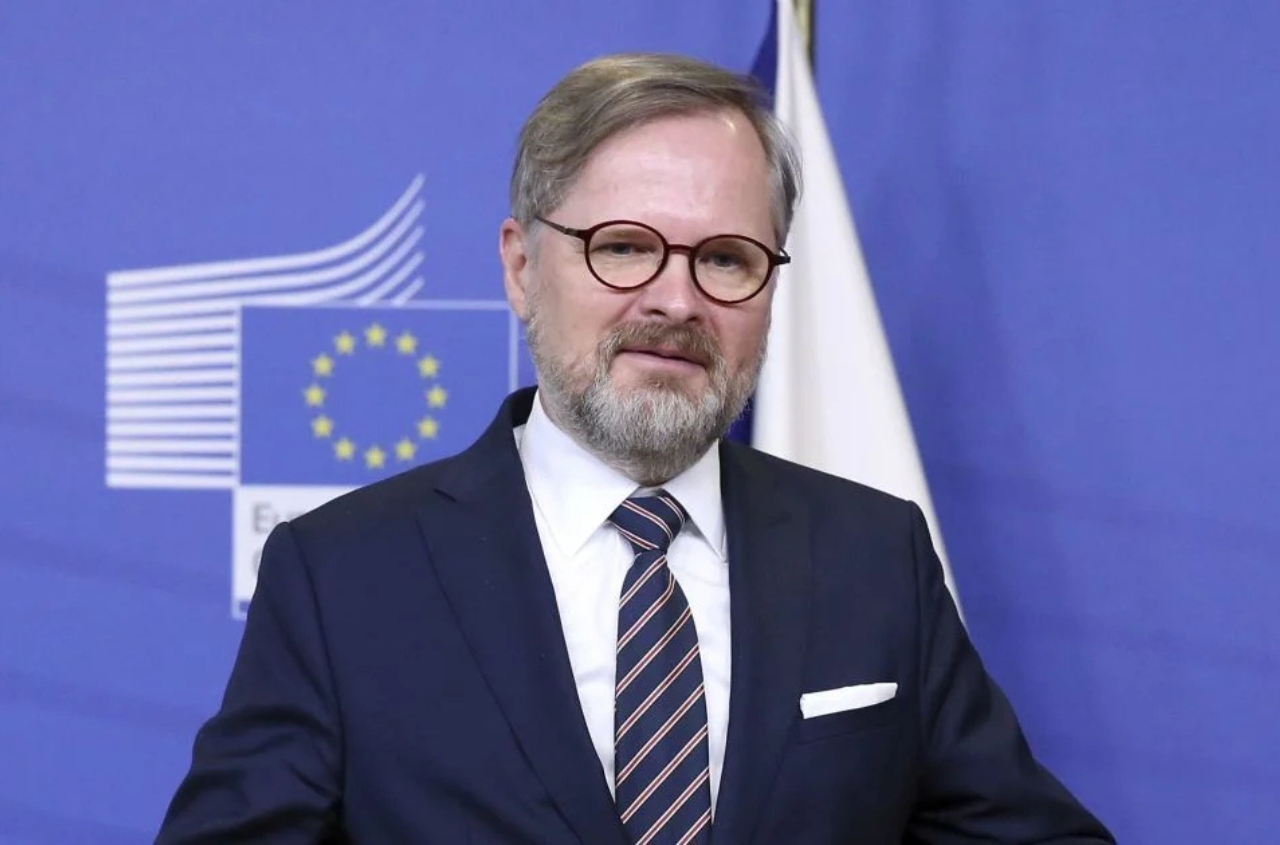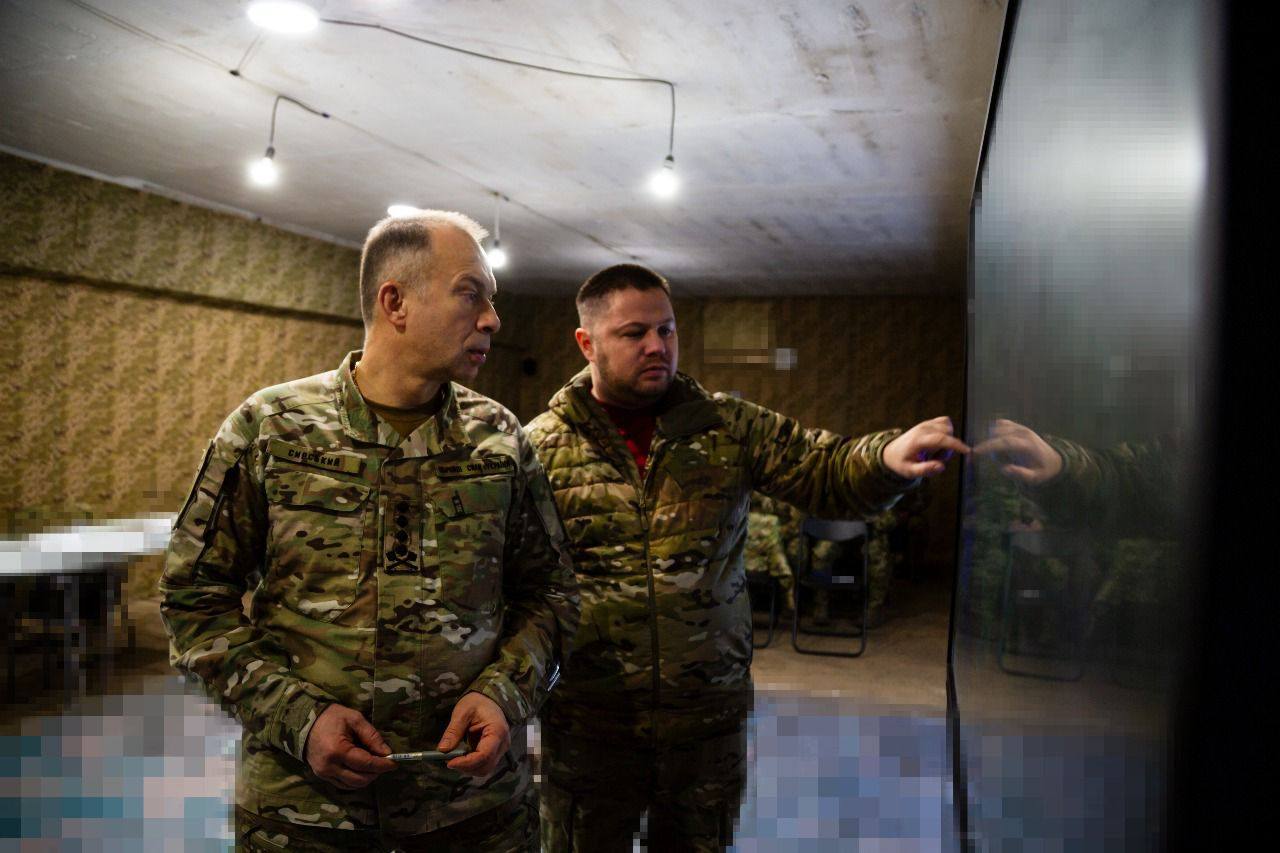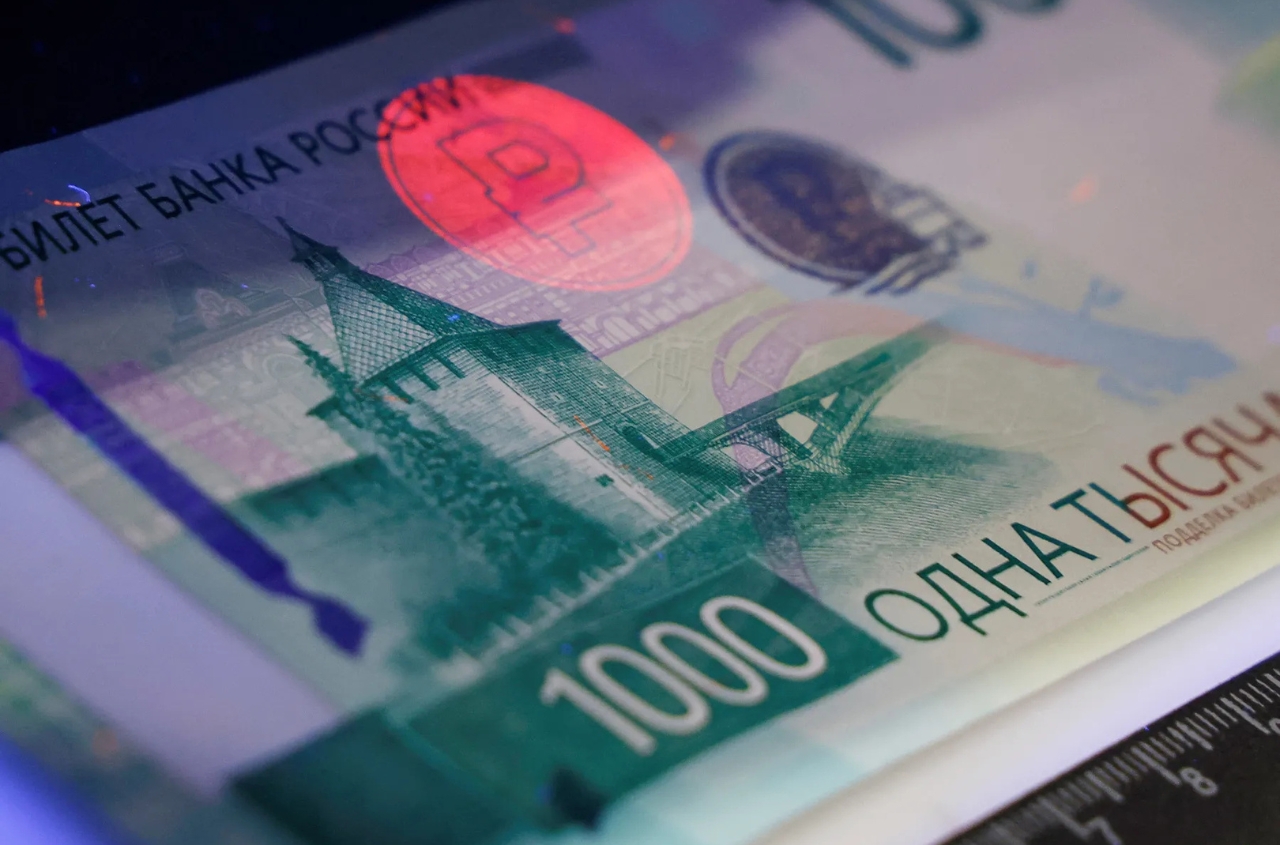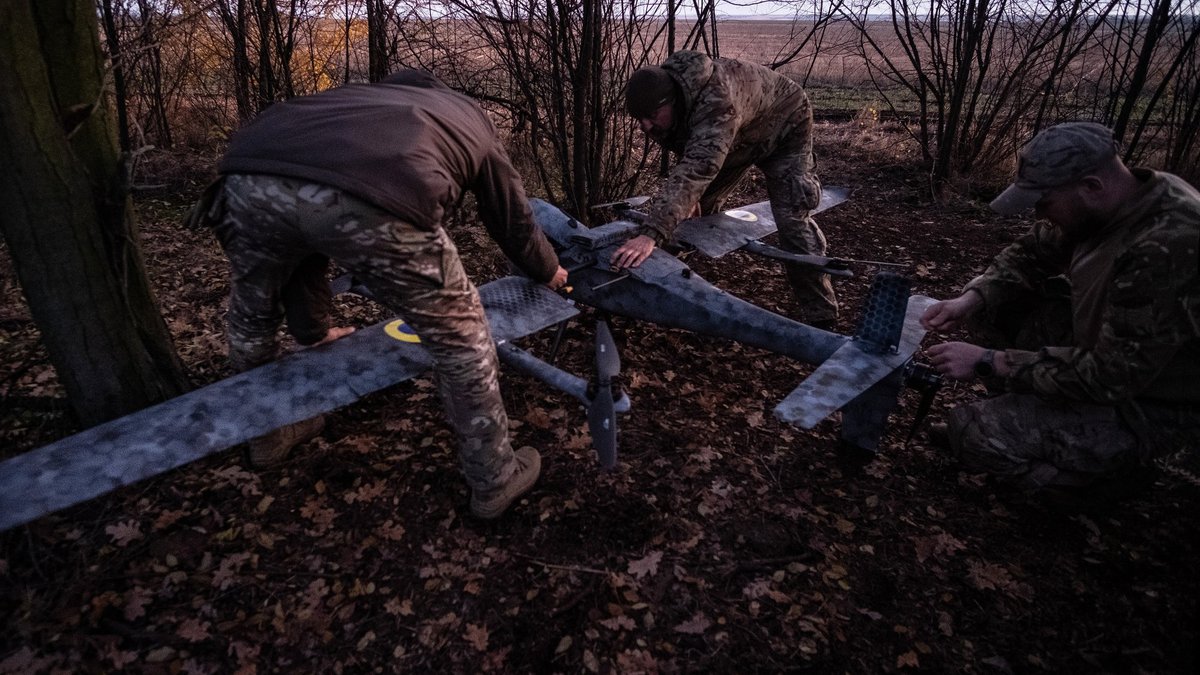In the Czech Republic and Slovakia, on August 21, they remember the invasion of the armies of five countries of the Warsaw Pact, led by the Soviet Union, into Czechoslovakia in 1968. The leadership of the USSR decided to occupy Czechoslovakia, which was part of the Soviet bloc at the time, in order to put an end to the reform process that gained popularity as the Prague Spring.
At 2:00 AM on August 21, 1968, a Soviet passenger plane An-24 requested an emergency landing at Prague's RuzynÄ› airport. Dispatchers granted permission, the plane touched down, and military personnel from the 7th Guards Airborne Division, stationed in Kaunas, disembarked. Under the threat of force, the paratroopers took control of all airport facilities and began receiving transport planes An-12 carrying paratrooper units and military equipment.
The transport An-12s were landing every 30 seconds. This marked the start of a meticulously planned Soviet operation to occupy Czechoslovakia, which concluded the so-called 'Prague Spring' – the process of democratic reforms led by the Czechoslovak Communist Party under the leadership of Alexander DubÄek.
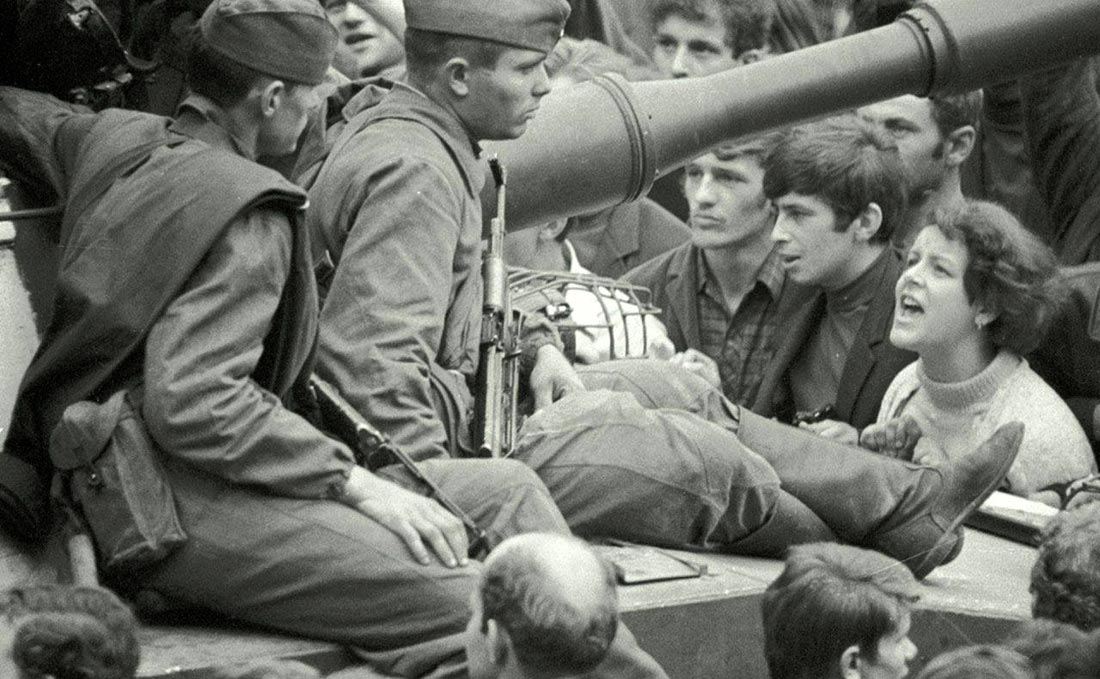
In the operation to seize Czechoslovakia, codenamed 'Danube,' the armies of four socialist countries participated: the USSR, Poland, Hungary, and Bulgaria. The East German army was also supposed to enter Czechoslovakia, but at the last moment, the Soviet leadership feared parallels with 1939, and the Germans did not cross the border. The main striking force of the Warsaw Pact forces was the Soviet Army, comprising 18 motorized infantry, tank, and airborne divisions, along with 22 aviation and helicopter regiments, totaling between 170,000 to 240,000 personnel, according to various estimates.
Approximately 5,000 tanks were engaged in the invasion. Two fronts were created – the Carpathian and the Central, with the combined group of forces numbering around half a million military personnel. The invasion was presented in the usual Soviet manner, as assistance to the fraternal Czechoslovak people in their struggle against counter-revolution.
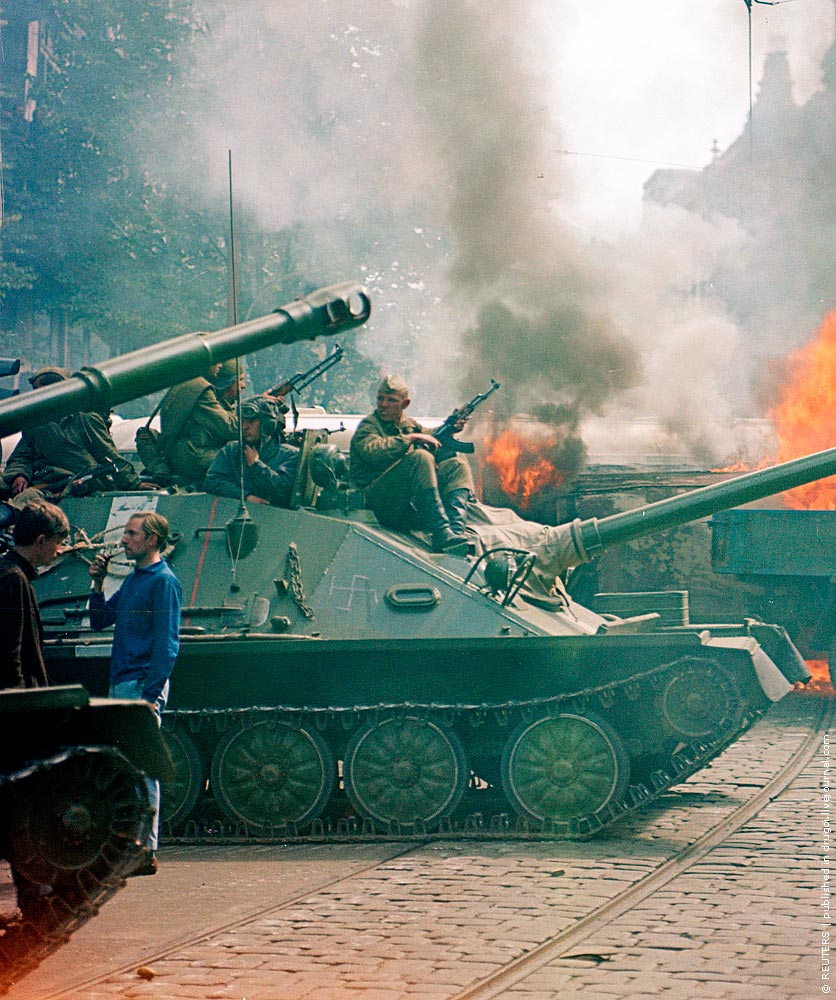
There was no trace of counter-revolution in Czechoslovakia. The country fully supported the Communist Party, which had initiated political and economic reforms since January 1968. By the number of communists per 1,000 people, Czechoslovakia ranked first in the world. With the start of reforms, censorship was significantly relaxed, open discussions were widespread, and the creation of a multi-party system began.
The aim was to ensure complete freedom of speech, assembly, and movement, establish strict control over the activities of security agencies, facilitate the organization of private enterprises, and reduce state control over production. Furthermore, state federalization and an expansion of powers for the authorities of the Czech and Slovak subjects within the Czechoslovak Socialist Republic were planned.
All of this, of course, worried the leadership of the USSR, which was pursuing a policy of limited sovereignty towards its European vassals (the 'Brezhnev Doctrine'). The DubÄek administration was repeatedly urged to stay close to Moscow and not seek to build socialism according to Western standards. These persuasions were to no avail. Additionally, Czechoslovakia remained a country where the USSR had not been able to establish military bases or deploy tactical nuclear weapons. This factor was perhaps the main reason for the disproportionate scale of the military operation in the country – the Kremlin's Politburo needed to force Czechoslovaks to submit to them at any cost.
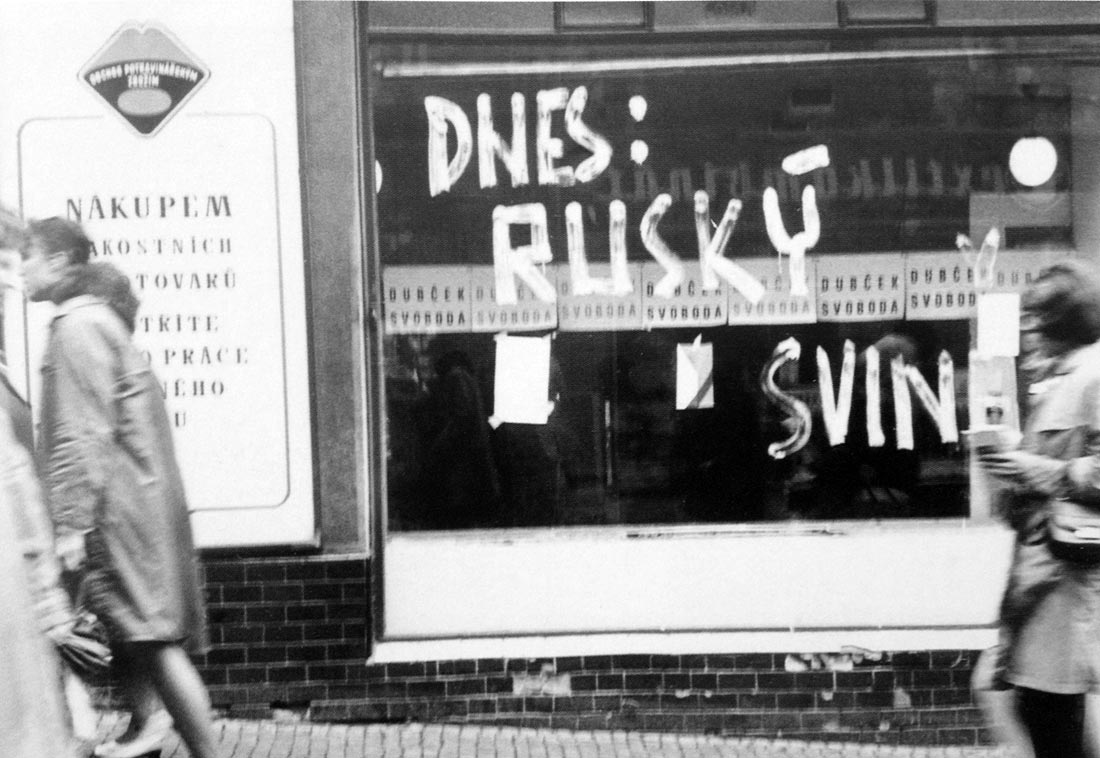
The leadership of Czechoslovakia, in order to avoid bloodshed and the destruction of the country, ordered the military to stay in their barracks and allowed Soviet forces to freely decide the fate of Czechs and Slovaks. The only form of resistance encountered by the invaders was civil protest. This was particularly evident in Prague, where unarmed city residents staged a genuine obstruction against the occupiers.
In the evening, according to European time, the United Nations Security Council held an emergency meeting in New York, during which they passed a resolution condemning the invasion. The Soviet Union vetoed the resolution.
According to modern data, during the invasion, 108 citizens of Czechoslovakia were killed and over 500 were injured, the vast majority of whom were civilians. On the first day of the invasion alone, 58 people were killed or fatally wounded, including seven women and an eight-year-old child.
The outcome of the operation to remove the leadership of the Communist Party of Czechoslovakia and occupy the country was the deployment of a Soviet military contingent in Czechoslovakia: five motorized rifle divisions with a total strength of up to 130,000 personnel, 1,412 tanks, 2,563 armored personnel carriers, and operatively-tactical missile complexes "Temp-S" with nuclear warheads. A Moscow-loyal leadership was brought to power, and a purge was conducted within the party. The reforms of the "Prague Spring" were only completed after 1991.
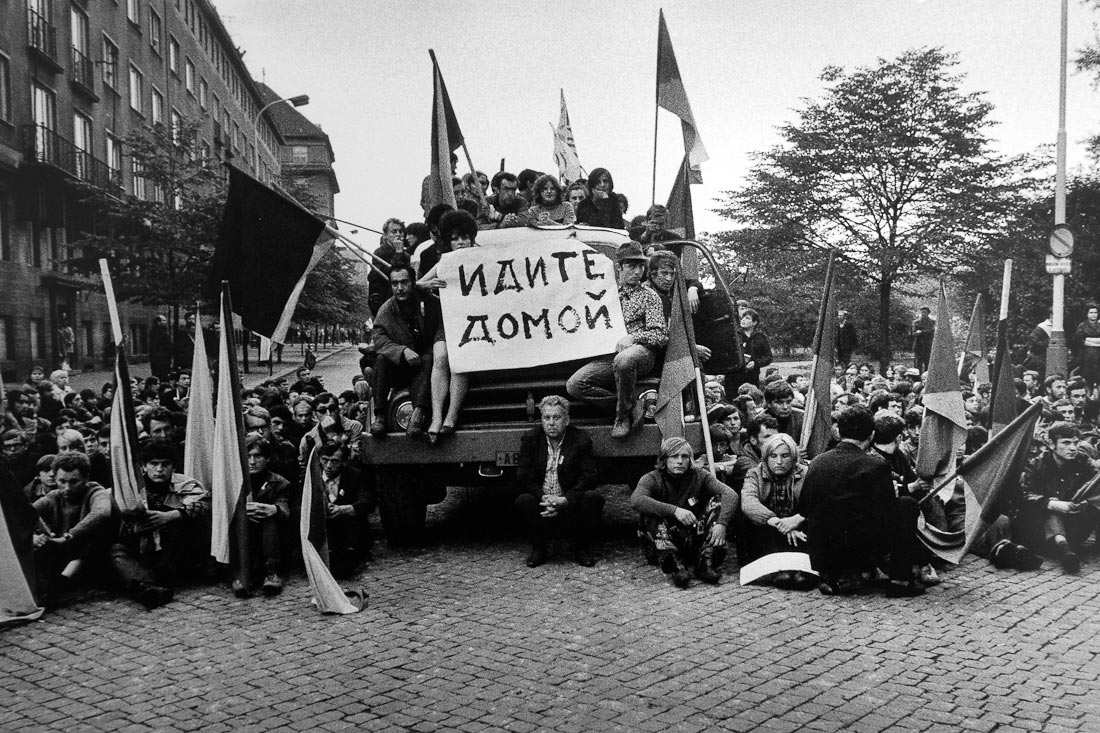
A commemorative rally to remember the events of 55 years ago took place near the building of Czech Radio in Prague. In 1968, the building was shelled by tanks.
President of the Czech Republic, Petr Pavel, drew parallels between the events of 1968 and the Russian invasion of Ukraine in his speech.
"Russia has not changed since then. Although it is called differently now, its foreign policy and values fully correspond to what it was before," he said.
Other politicians who spoke at the ceremony also emphasized the importance of supporting Ukraine in its struggle against Russian aggression
















